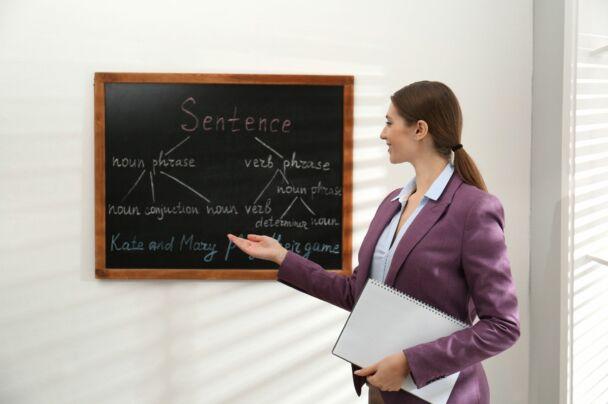Description
Targeted to B1 speakers or above. Read more »
At the B1 CEFR level, learners comprehend the main points of clear texts on familiar subjects and handle most situations while traveling. They can produce simple connected texts, expressing experiences, opinions, and plans in a concise manner.
This course aims at developing teachers’ fluency and accuracy in the English language. It also takes a multidisciplinary approach to understanding CLIL (Content and Language Integrated Learning) methodology and introduces participants to how the theory can relate to their own classroom practice. Includes CLIL lesson planning, resources, and the creation of materials.
The Intensive English Course and CLIL address teachers of all subjects who would like to refresh and broaden their skills in the English language, implement CLIL methodology in their classes, understand its principles and applications, and find resources and lesson materials.
By the end of the course, participants will feel more confident in speaking and writing in English. They will have also learned the key principles of CLIL lesson planning, material development, and the integration of content and language teaching.
What is included
Learning outcomes
The Intensive English and CLIL Course will help the participants to:
- Improve their English language proficiency and become more comfortable with teaching their courses in English to non-native speakers of English;
- Learn techniques and new skills for teaching their academic content in English and become better equipped to develop and incorporate activities that involve the four basic skills (reading, writing, listening, and speaking) into their classrooms;
- Gain new ideas and approaches for assessing language learners, correcting errors, and including more pair and group work.
Tentative schedule
Day 1 – Course introduction and setting goals
- Introduction to the course, the school, and the external week activities;
- Icebreaker activities;
- Presentations of the participants’ schools;
- Introduction to CLIL – a look at some of the key elements of a CLIL approach.
Day 2 – CLIL approach
- Activating previous knowledge;
- Activities and tasks with a language focus;
- Scaffolding input.
Day 3 – Authentic materials
- Class cultural visit – to explore content as inspiration for a CLIL lesson;
- Developing tasks and activities with a language focus.
Day 4 – CLIL in practice
- Scaffolding learner output;
- Designing scaffolding materials;
- Putting CLIL into practice.
Day 5 – Project presentations
- Working on a project – tasks and activities to take home;
- Presentation of projects.
Day 6 – Course closure and cultural activities
- Course evaluation: round-up of acquired competencies, feedback, and discussion;
- Awarding of the course Certificate of Attendance;
- Excursion and other external cultural activities.








